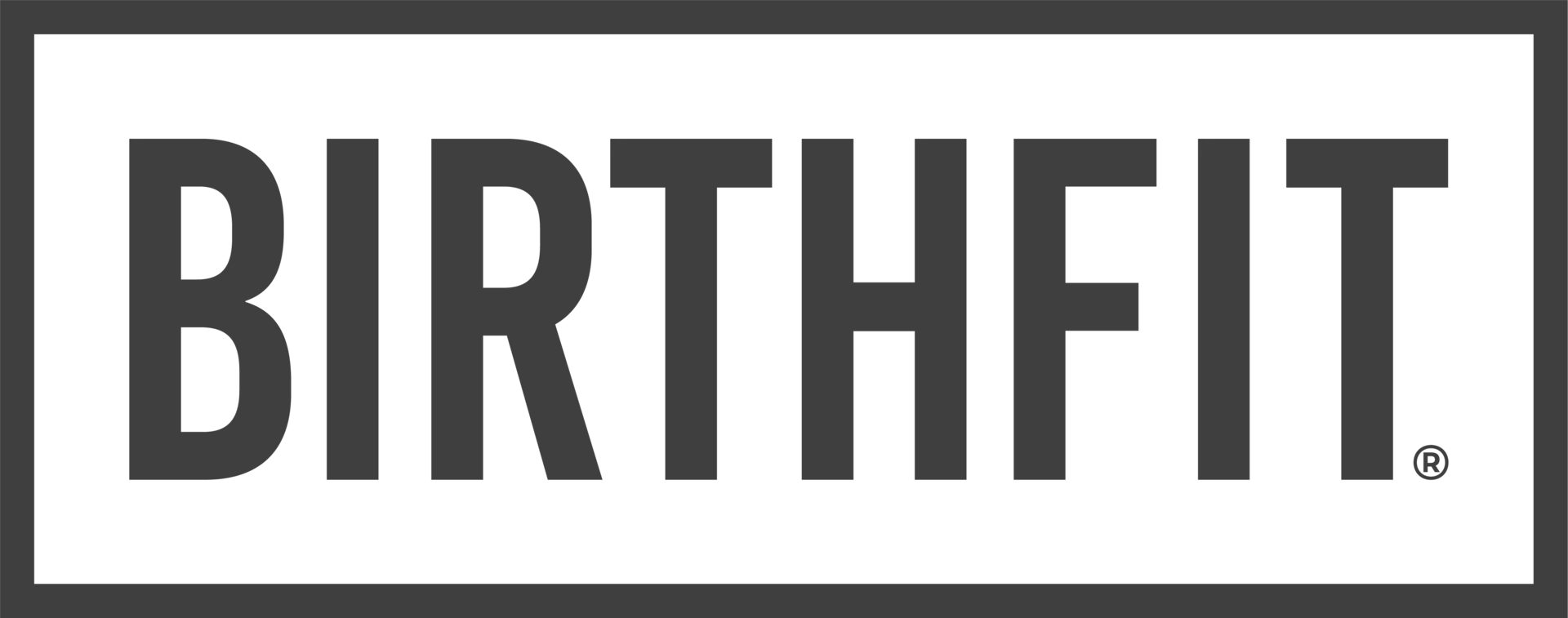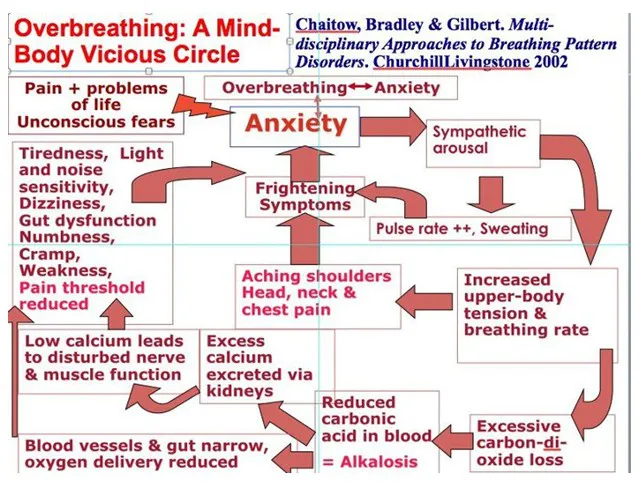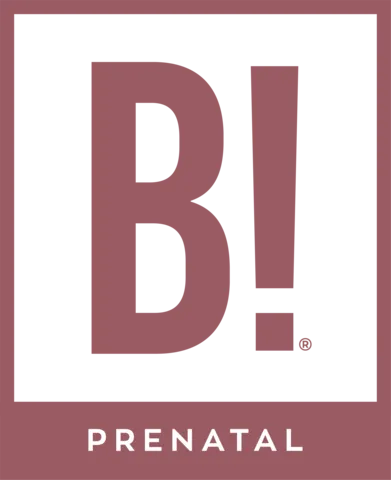This blog was originally posted on drlaurenkeller.com and has be adapted by the author for this website.
Dysfunctional Breathing: The Whys
“Breathing becomes dysfunctional when the person is unable to breathe efficiently or when breathing is inappropriate, unhelpful or inefficient in responding to environmental conditions and the changing needs of the individual.” (4) Dysfunctional breathing and it’s effects can be found here:
- For the love of all things good, stop sucking in
- Must I pee when I sneeze?
- Understanding the Different Breathing Options
But why?
1. Developmental Adaptations
During the first year of life, our bodies should go through an ideal developmental pattern that helps create a stabilization system and helps form posture. Two studies (Vjota and Prechtl) both indicated that 69.7-72% of children develop normally while ~30% have abnormal development. (5)
This is one reason developmental kinesiology and the work of Dynamic Neuromuscular Stabilization (DNS) are important. Both address the ideal developmental pattern that can be adapted as an adult for the 30% of the population that may not have developed a strong stabilizing system in infancy.
2. Physiological/Medical
Hyperinflation of the lungs causes air to get trapped in the lungs. This hyperinflation, often seen in COPD, asthma or emphysema and severe pneumonia, and congestive heart failure causes the diaphragm to shorten and lose its power and efficiency. (3)
In 2001, Hodges et al stated that the coordinating function between the diaphragm and transverse abdominis are frequently reduced in respiratory disease. (2) When the diaphragm contracts it is unable to properly lift and expand the lower ribcage and instead the lower ribs are pulled inward during inspiration creating what’s called a Hoover’s sign.
3. Emotional
Both psychological and emotional stress can alter the diaphragm’s control. Dysfunctional breathing has been shown to be present in 11% of the normal population, 30% of asthma sufferers and 83% in people suffering from anxiety. (4) It has been reported that voluntary breath modulation accounts for 40% of the variance in positive feelings such as joy and negative feelings such as fear, sadness and anger (7).
In 2001, Umezawa found that breathing modification is the most common self-regulation strategy for relaxation and stress management. (6) Chaitow stated that in “Overbreathing: A Mind-Body Vicious Circle” that over-breathing and anxiety go hand-in-hand as anxiety increases the sympathetic system which causes an increase in breathing rate which leads to excessive carbon dioxide loss and in the end lead to a decreased pain threshold and more anxiety and overbreathing. (9) In 2010, Meuret stated that reducing hyperventilation “has emerged as a potent mediator for reductions in panic symptom severity and treatment success.” (8) Furthermore, studies have shown that conscious control of ones breathing can improve anxiety, depression and panic disorders. (11)
Lauren Keller, DC, DABCA
BIRTHFIT Chicago @BIRTHFITChicago www.birthfitchicago.com
References
- https://www.ncbi.nlm.nih.gov/pmc/articles/PMC2546439/
- Hodges et al. Postural activity of the diaphragm is reduced in humans when respiratory demand increases. J. Physiol. 2001 Dec 15; 537(Pt3): 999-1008. (https://www.ncbi.nlm.nih.gov/pmc/articles/PMC2278995/)
- Hoover CF. The diagnostic significance of inspiratory movements of the costal margin. J Am Clin Sci 1920: 633-46
- Courtney R. The function of breathing and its dysfunctions and their relationship to breathing therapy. Int J of Osteo Med. 2009;12:78-8
- H. F. R. Prechtl and B. Hopkins, “Developmental transformations of spontaneous movements in early infants,” Early Human Development, vol. 14, no. 3-4, pp. 233–238, 1986.
- Umezawa A. (2001) Facilitation and Inhibition of Breathing During Changes in Emotion. In: Haruki Y., Homma I., Umezawa A., Masaoka Y. (eds) Respiration and Emotion. Springer, Tokyo
- Respiratory feedback in the generation of emotion. Pierre Philippot, Gaëtane Chapelle & Sylvie Blairy. Cognition and Emotion. Vol. 16, lss. 5, 2002.
- Meuret AE, Ritz T. Hyperventilation in Panic Disorder and Asthma: Empirical Evidence and Clinical Strategies. International journal of psychophysiology : official journal of the International Organization of Psychophysiology. 2010;78(1):68-79. doi:10.1016/j.ijpsycho.2010.05.006.
- Chaitow L Gilbert C Bradley D. Recognizing and Treating Breathing Disorders. Elsevier Health Sciences; 2013.
- Ley R. The Modification of Breathing Behavior Pavlovian and Operant Control in Emotion and Cognition. Behav Modif. 1999;23(3):441-479.
- Chaitow, Bradley, Gilbert. Multi-Disciplinary Approaches to Breathing Pattern Disorders. Churchill Livingstone; 2002.
- https://www.rehabps.com/REHABILITATION/Home.html
Get Started
Effective programs for both MIND ⊕ BODY
This is a general strength and conditioning program for women in all seasons and cycles of life. You receive four workouts each week with options for those with limited equipment and variations on movements.
Start moving and training with your cycle ❤︎
Slow is Fast when you heal your core and pelvic floor from the inside out by starting with breath work, natural movement patterns, and continue to progressively build upon a solid foundation. The number one referral for doctors and midwives.
Are you open to conception? Join us in B! Community training. A general strength and conditioning for women that train while honoring their menstrual cycle. Everyone is in a different part of their journey, we support you where you are.
Do Pregnancy Different, when you connect with your body daily through a safe, effective prenatal training program for all levels and all fitness backgrounds that includes core and pelvic floor prehab, mobility, strength, and conditioning.






